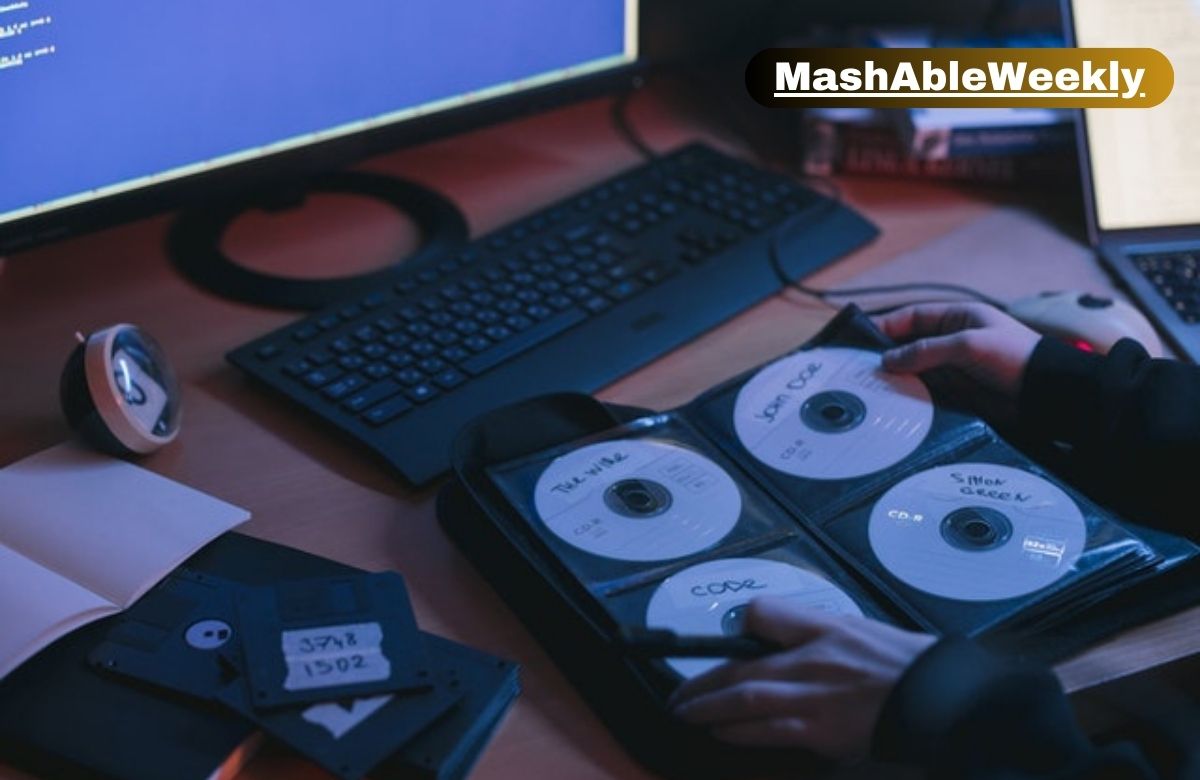The Mysteries of SafeDisc: A Beginner’s Guide to Digital Rights Management in Computer Games
In the dynamic world of computer gaming, digital rights management (DRM) plays a crucial role in protecting the intellectual property of game developers and ensuring that players have a secure and enjoyable gaming experience. One notable DRM technology that has made its mark in the gaming industry is SafeDisc. In this beginner’s guide, we’ll delve into the realm of SafeDisc, exploring its significance in the context of computer games and digital rights management.
Understanding Digital Rights Management
Before we delve into the specifics of SafeDisc, let’s first grasp the concept of digital rights management. DRM refers to the set of technologies and methods employed by content creators, such as game developers, to control access to their digital content. In the gaming world, DRM serves the dual purpose of preventing unauthorized access to games and safeguarding against piracy.
Transitioning to SafeDisc
Now, let’s shift our focus to SafeDisc, a DRM solution that gained popularity in the late 1990s and early 2000s. Developed by Macrovision (later acquired by Rovi Corporation), SafeDisc aimed to protect computer games from illegal copying and distribution. This technology was primarily implemented through the use of optical disc copy protection.
The Role of SafeDisc in Game Protection
SafeDisc functioned by encrypting a portion of the game’s executable file, making it challenging for unauthorized users to create copies of the original game disc. This encryption process involved a complex algorithm that could only be deciphered by the legitimate game installation process. As a result, the protected games could only run when the original disc was present in the computer’s optical drive.
SafeDisc employs a multi-layered approach to secure computer games. When a user attempts to install a game protected by SafeDisc, the DRM technology actively encrypts specific sections of the game’s executable file. This encryption process utilizes a unique algorithm, transforming the data in a way that renders it unreadable without the decryption key.
Transitioning from Installation to Gameplay
Once the game is successfully installed, SafeDisc continues to play a vital role during gameplay. When a player launches the protected game, the DRM technology verifies the presence of the original disc in the optical drive. If the verification process fails, the game refuses to start, preventing unauthorized copies from being played.
Advantages and Limitations of SafeDisc
Like any technology, SafeDisc comes with its own set of advantages and limitations. On the positive side, it provided an effective deterrent against casual piracy and unauthorized distribution. The encryption process added a layer of complexity that discouraged many would-be pirates.
However, SafeDisc also faced criticisms and encountered challenges. Some users experienced compatibility issues with certain optical drives, leading to difficulties in installing or running the protected games. Additionally, as technology advanced, SafeDisc became more vulnerable to circumvention, with some users finding ways to bypass the DRM protection.
The Evolution of DRM in Gaming
As the gaming industry continued to evolve, so did the methods of DRM. SafeDisc, while effective in its time, gradually faded into obscurity. The rise of digital distribution platforms, such as Steam and Origin, introduced new DRM mechanisms that relied on online authentication and digital rights tied to user accounts.
With the shift towards digital distribution, the need for physical disc-based DRM solutions like SafeDisc diminished. Online platforms offered a more convenient and user-friendly approach to DRM, allowing gamers to access their purchased titles across multiple devices without the need for physical media.
Conclusion
In conclusion, SafeDisc served as a pioneering force in the realm of digital rights management for computer games. Its encryption techniques provided a robust defense against unauthorized copying and distribution during an era dominated by physical game discs. However, as technology progressed and gaming habits shifted, SafeDisc gradually became outdated, making way for more contemporary DRM solutions.
As we navigate the ever-evolving landscape of digital rights management in gaming, it’s essential for both developers and players to stay informed about the latest technologies and methodologies. While SafeDisc may be a relic of the past, its legacy lives on in the ongoing quest to balance the protection of intellectual property with the accessibility and enjoyment of gaming for all.



